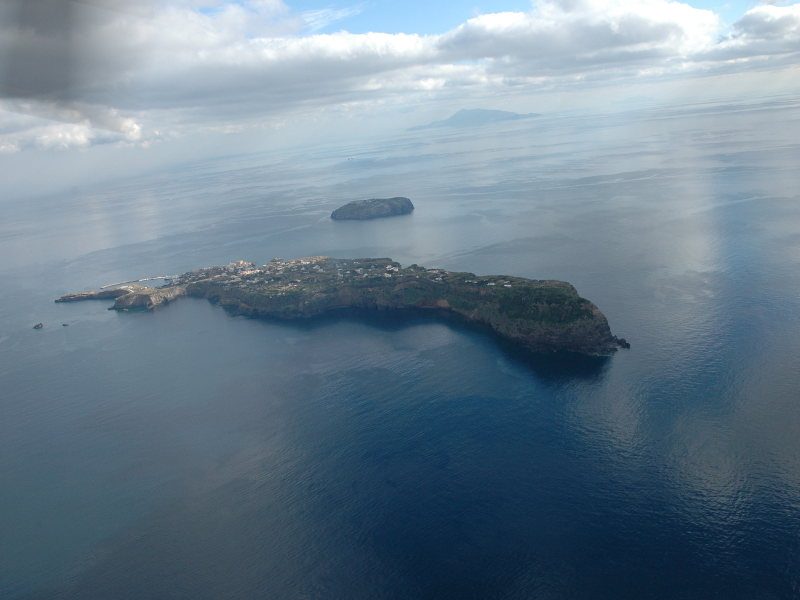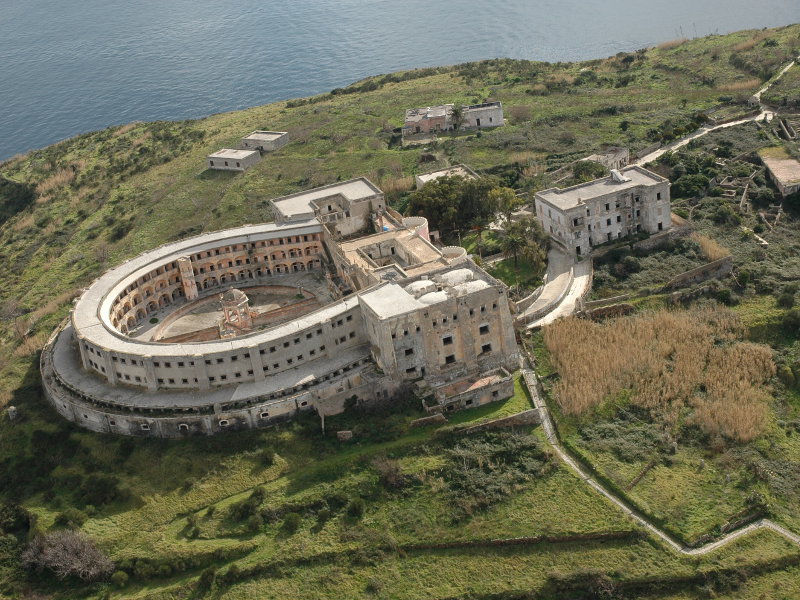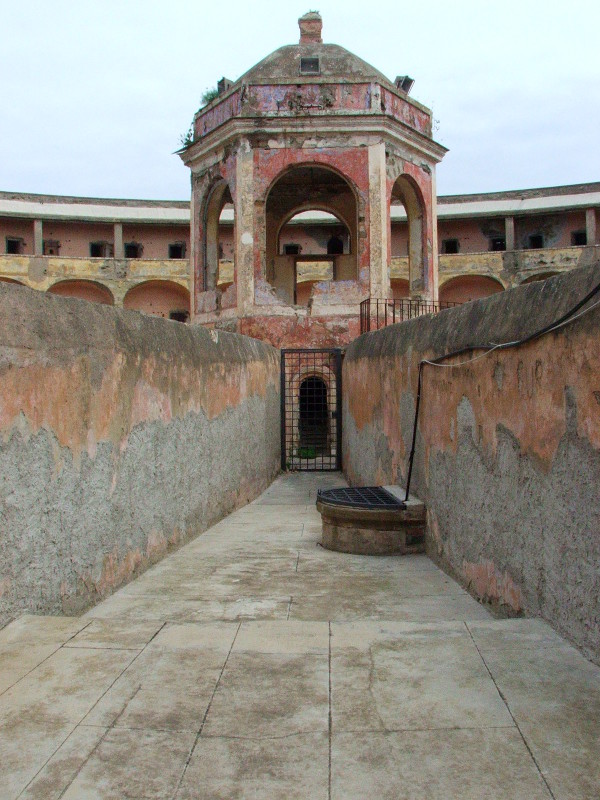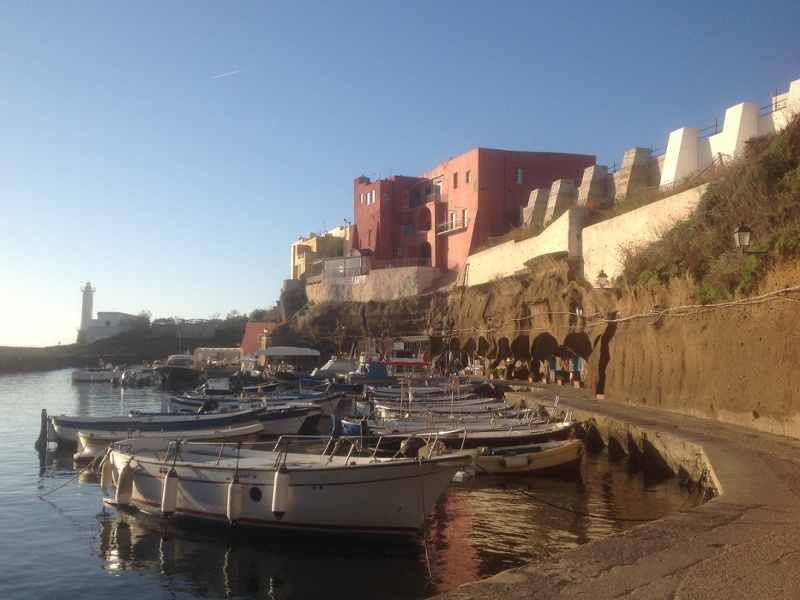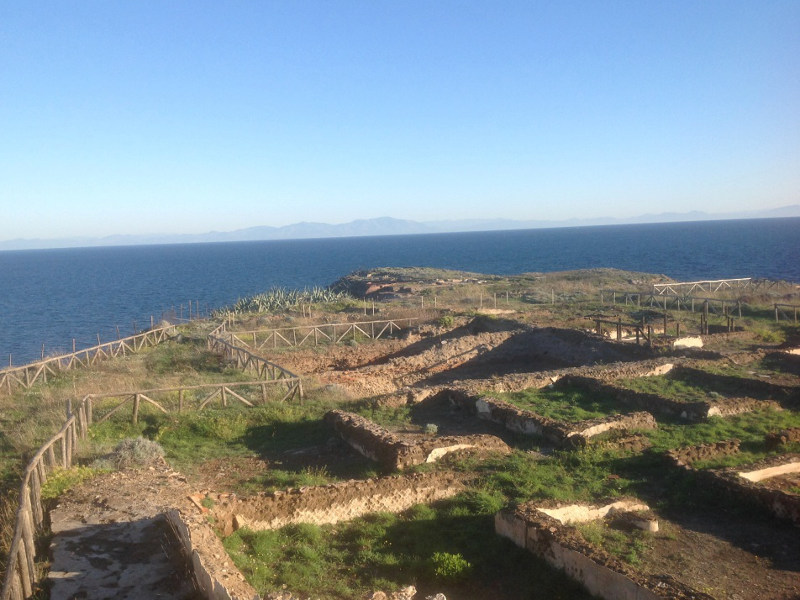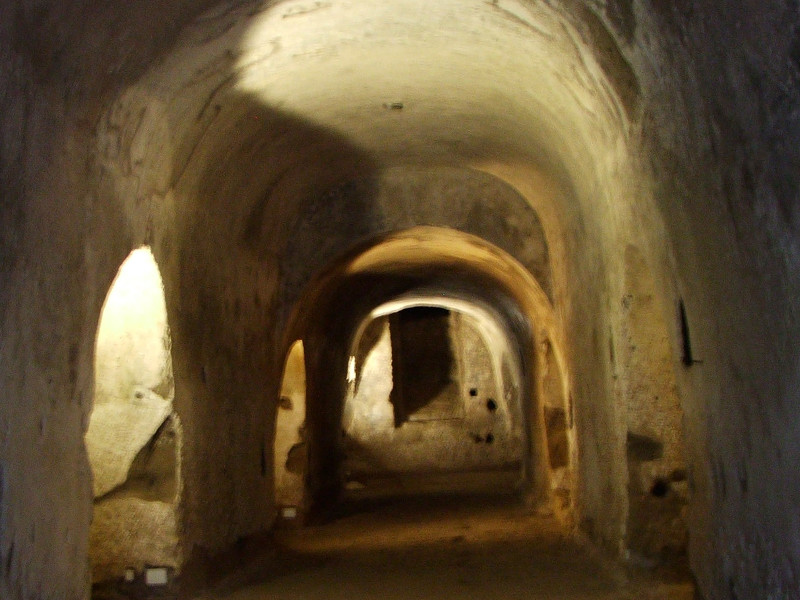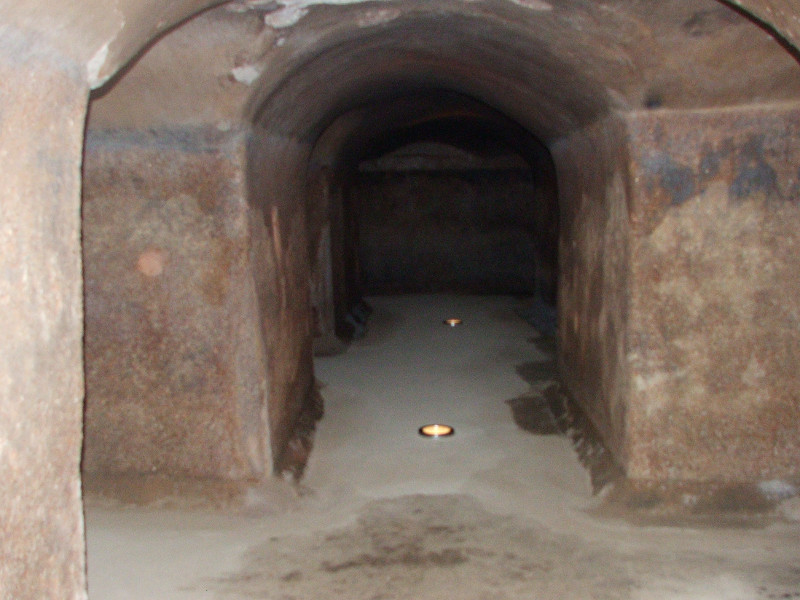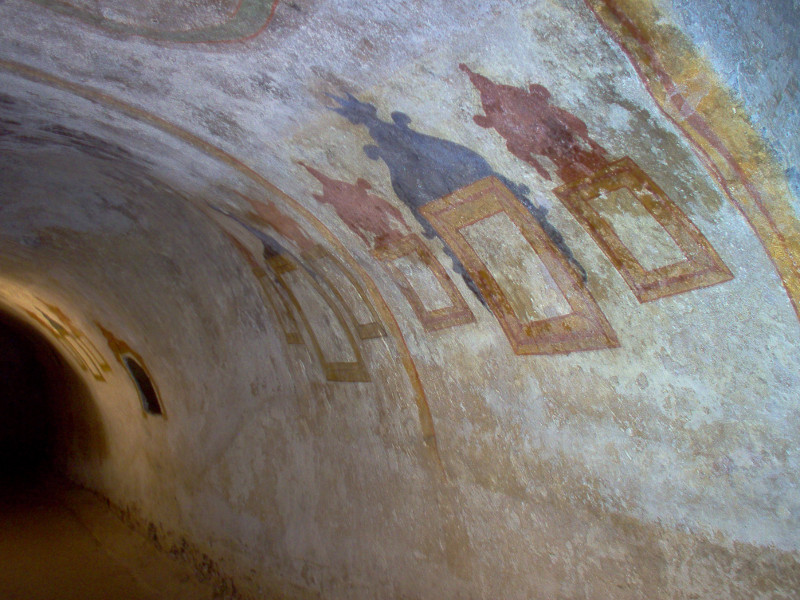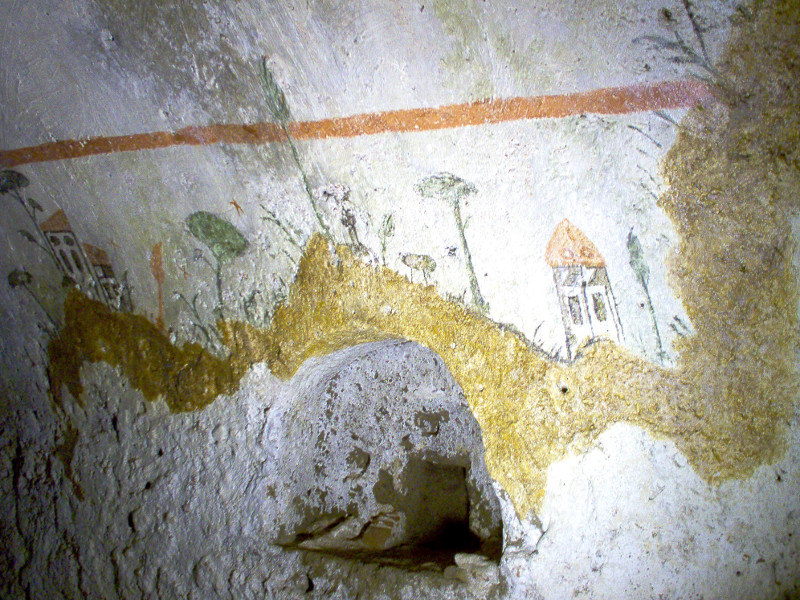Area Marina Protetta Isole di Ventotene e Santo Stefano
www.riservaventotene.itPoints of Interest
Ventotene
Pandataria, from the Greek word Pandoteira, i.e. "dispenser of all good", and then Pandotira, Pantatera, Ventatere, Bentetien, Vendutena, Ventotiene and finally Ventotene. The assonance with the word "wind" that characterises the latter lexical variations should not have been foreign to it. The presence of man on Ventotene is testified to from the late Neolithic period (4,000 years ago), as it was on the obsidian route (material used for making blades and tools) between the Sicilian islands, Sardinia and Palmarola. Traces of worked splinters of this mineral have been found in "Cala Rossano" and "Fontanelle" to support this theory.
S. Stefano
After the settlement of the two colonies of Ponza and Ventotene, the S. Stefano prison construction began in 1790. The architects of the project were again Antonio Winspeare and Francesco Carpi, who supervised the work. The workforce was made up entirely of forces labour convicts and the work lasted seven years, so in 1797 the structure was officially opened as a prison for common crimes. The architecture of the prison is still unique after more than two centuries. S. Stefano's Prison is an original solution to the theories of the time, according to which only with the complete domination of one mind over the other was the recovery of the prisoner possible.
Santo Stefano Bourbon Prison
It was commissioned by King Ferdinand IV at the end of the 18th century. The engineer who supervised its construction was Francesco Carpi, who worked with Antonio Winspeare, inspired by the Enlightenment principles of the 'panopticon'. In 1795 the construction of the Santo Stefano Bourbon Prison was completed on the island, and in 1979 it was inaugurated.
The Roman Harbour
The Roman Harbour is a work of genius, demonstrating how the features of an area can be respected while, at the same time, providing the living conditions for the community that decided to settle there.
Villa Giulia of Punta Eolo
An imperial villa commissioned by Octavian Augustus where several women belonging to the Julia and Flavia families were exiled: Julia, Agrippina the Elder, Livilla, Octavia and Flavia Domitilla.
These women lived in Ventotene for about a century, amidst the splendour and beauty of the island itself and of the villa that was created as a summer residence for the Emperor. The area of the baths is clearly visible, where you can admire the calidarium, tepidarium and frigidarium structures that overlook a wonderful sunset on the nearby island of Ponza.
Roman Cisterns
The Roman aqueduct consisted of six large cisterns and conduits, all dug out of the tuff. Today only two remain visible: the Cistern of Villa Stefania and the Cistern of the Prisoners. They are located just a few minutes' walk from Piazza Castello, the former covering an area of 700 square metres and the latter more than 1,200 square metres. They are still intact thanks to the use of opus signinum (a kind of earthenware) with which they are covered. They were reused over the centuries and are full of signs of human presence with paintings, votive aedicules, signatures and graffiti.


